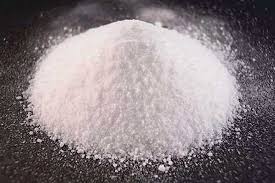- PET plastics
- Fibers and
- Resins
- Production of Crude Terephthalic Acid (CTA) using acetic acid and a catalyst
- Purification of CTA by removing 4-carboxybenzaldehyde by oxidization and
- Hydrogenation to further purify and obtain the Purified Terephthalic Acid.
- Higher recyclability
- Lightweight, and
- Durability

